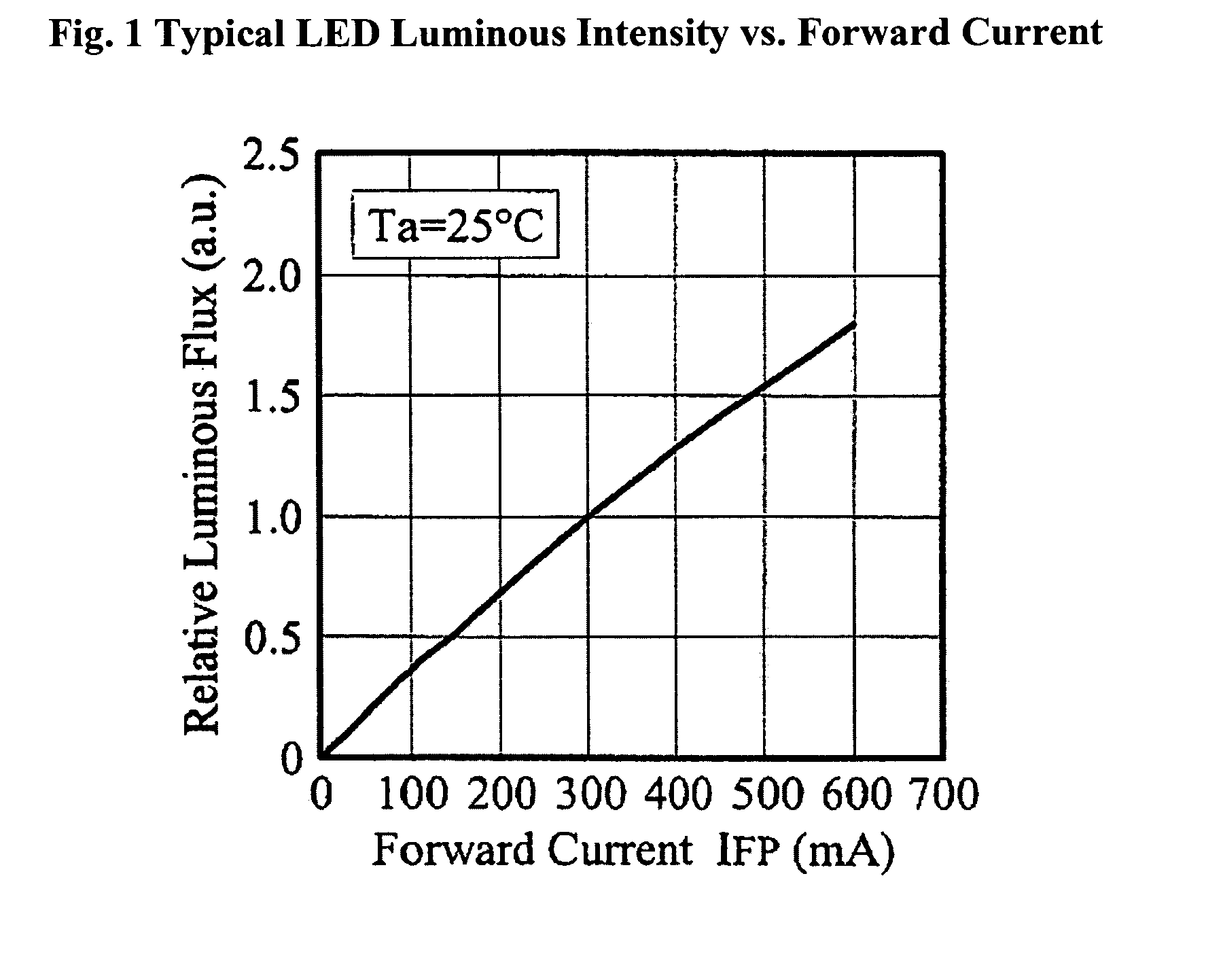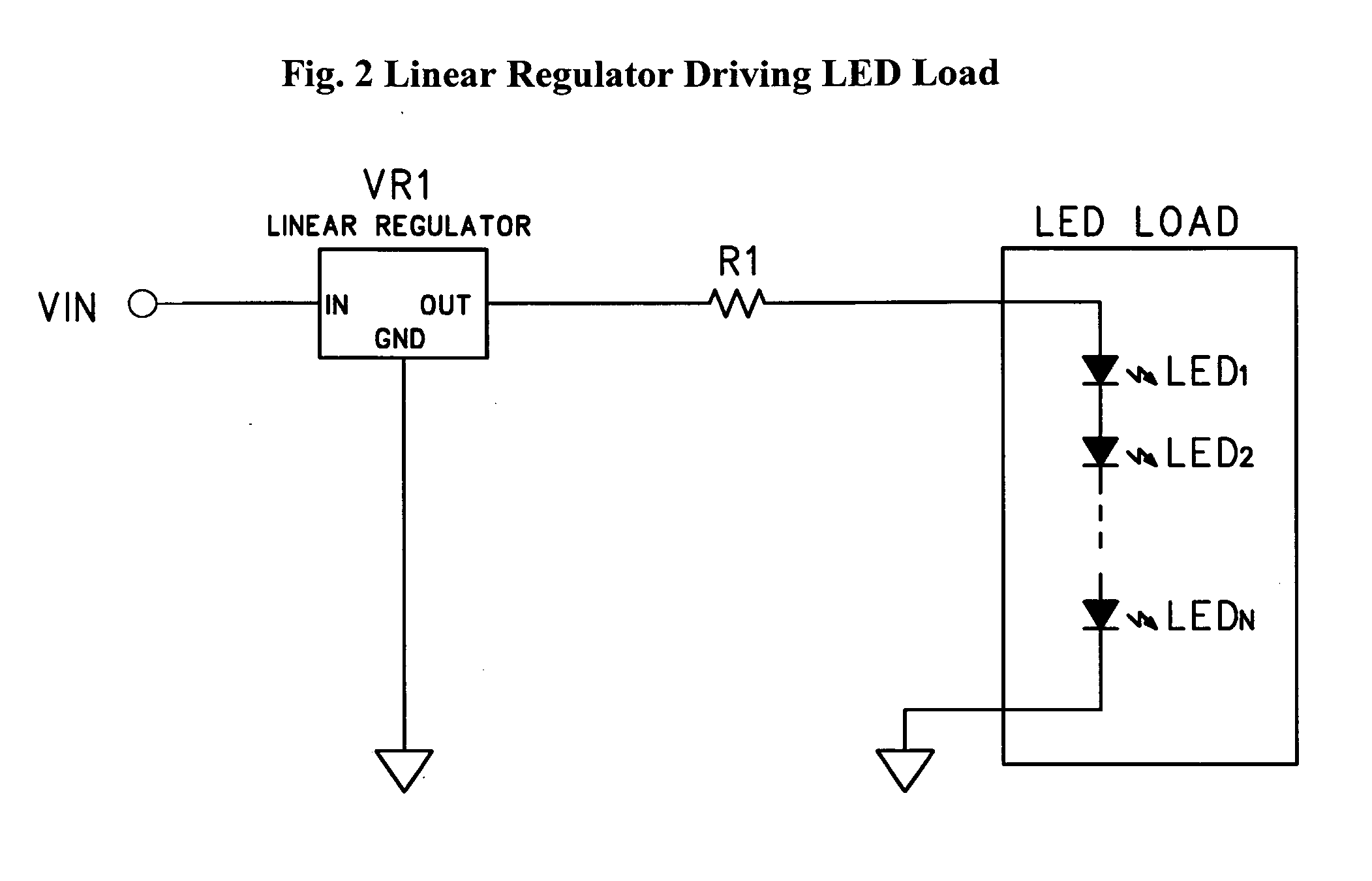90-260Vac Dimmable MR16 LED Lamp
a dimmable, led lamp technology, applied in the direction of cathode-ray/electron beam tube circuit elements, lighting and heating apparatus, instruments, etc., can solve the problems of large changes, linear regulators are not very efficient circuits, and the level of forward current will degrade faster
- Summary
- Abstract
- Description
- Claims
- Application Information
AI Technical Summary
Benefits of technology
Problems solved by technology
Method used
Image
Examples
Embodiment Construction
[0033]FIG. 5 is a simplified schematic diagram of Supertex Inc's proprietary single-stage, single-switch, non-isolated topology, cascading an input power factor correction (PFC) buck-boost stage and an output buck converter power stage. This transformerless power converter topology offers numerous advantages useful for driving high-brightness LEDs, including unity power factor, low harmonic distortion of the input AC line current, and low output current ripple. The output load is decoupled from the input voltage with a capacitor making the driver inherently failure-safe for the output load. This power converter topology also permits reducing the size of the filter capacitor needed, enabling use of non-electrolytic capacitors.
[0034]Referring to FIG. 5, the input buck-boost stage consisting of L1, C1, D1 and D4 is cascaded with an output buck stage including L2, D2, D3 and Co. Both converter stages share a single power MOSFET M1. The input buck-boost stage operates in discontinuous co...
PUM
 Login to View More
Login to View More Abstract
Description
Claims
Application Information
 Login to View More
Login to View More - R&D
- Intellectual Property
- Life Sciences
- Materials
- Tech Scout
- Unparalleled Data Quality
- Higher Quality Content
- 60% Fewer Hallucinations
Browse by: Latest US Patents, China's latest patents, Technical Efficacy Thesaurus, Application Domain, Technology Topic, Popular Technical Reports.
© 2025 PatSnap. All rights reserved.Legal|Privacy policy|Modern Slavery Act Transparency Statement|Sitemap|About US| Contact US: help@patsnap.com



